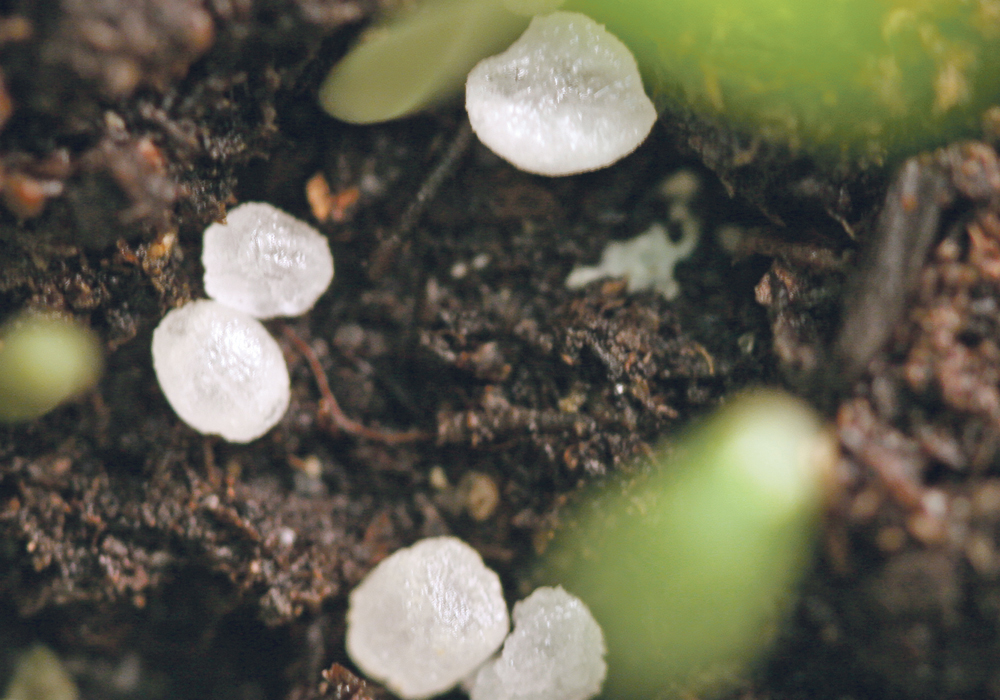Nitrogen fertilizer prices may slump after the spring application season but will generally stay firm in 2021, says an industry executive.
Chuck Magro, president of Nutrien, recently told investment analysts that he anticipates prices will stay high for the first half of 2021.
“We’re seeing it in our order book,” he said during a call about the company’s fourth quarter 2020 financial results, according to a Seeking Alpha transcript of the call.
“There’s no question that nitrogen is going to have a very strong spring season around the world.”
Read Also

Ag in Motion speaker highlights need for biosecurity on cattle operations
Ag in Motion highlights need for biosecurity on cattle farms. Government of Saskatchewan provides checklist on what you can do to make your cattle operation more biosecure.
Nutrien expects an additional 10 million acres to be planted in the United States alone in 2021, including more corn in the southern planting region.
The company is also anticipating strong nitrogen fertilizer use in Canada.
“If you recall, last fall, the fall application season was cut short in Canada,” said Magro.
“We’ve got very strong canola prices up here and we’re expecting just a very solid spring season, and fertilizer is still moving to the farm right now for storage and supply chain management right now in Canada.”
China is expected to export three to five million tonnes of urea in 2021, down from 5.5 million tonnes in 2020 due to stronger domestic demand and higher coal prices.
So the nitrogen supply and demand situation is going to remain tight in the short-term, especially with steeper cost curves for making nitrogen fertilizer in Europe and other regions of the world.
“I think the fundamental question that we have to ask ourselves is what happens after the spring season,” said Magro.
His suspicion is that prices will fall somewhat due to new production capacity that was originally scheduled to come online in 2020 but was deferred to 2021.
“So we do expect, after the spring season, for prices to subside somewhat but with higher lows than we saw last year, which I think is important,” he said.
Exactly when those new plants start producing product and how much they churn out are all unknowns.
His best guess is that the new supply will start hitting the market in the second half of 2021, which will have a “reset effect” on nitrogen fertilizer prices.
“But I think longer-term, the supply-demand fundamentals are quite strong in nitrogen,” said Magro.
CropLife International shared a similar outlook in an article published by AgriBusiness Global.
It noted that U.S. farm cash receipts for crops in 2020 are expected to be at the highest level since 2014.
Corn futures prices have increased 30 percent since the end of July because of strong feed and export demand and recovering ethanol production, said CropLife.
The article noted that CF Industries is forecasting 90 million acres of U.S. corn in 2021, which would be in line with plantings over the past 10 years. Corn is a big user of nitrogen fertilizer.
CropLife expects strong nitrogen fertilizer demand in North America, India and Brazil.
In the meantime, higher energy prices in Europe and Asia could curtail production of the crop input.
“We believe that these developments will support a firm outlook for the global market, at least in the first half of 2021 as nitrogen products continue to provide farmers with tremendous value relative to their cash costs,” said CropLife.
Contact sean.pratt@producer.com



















